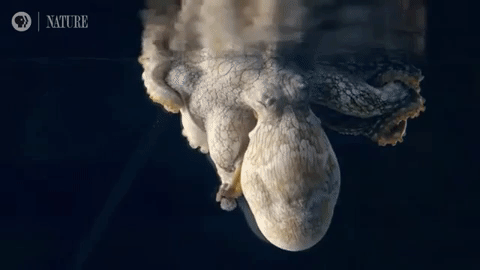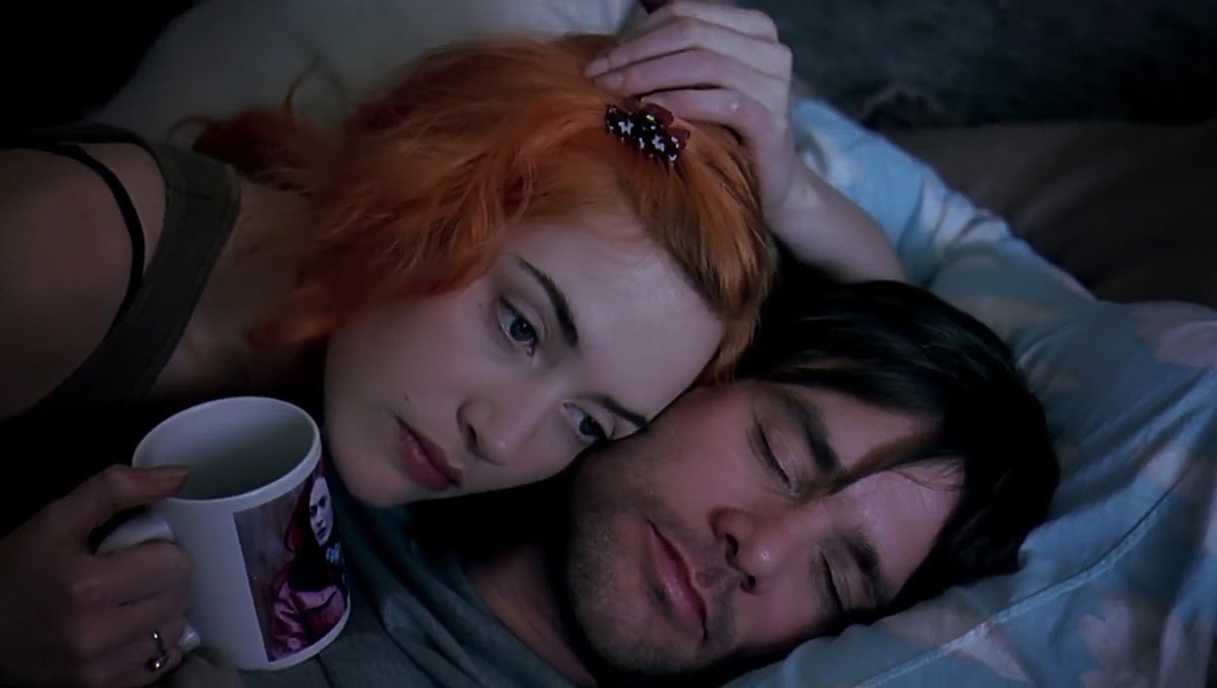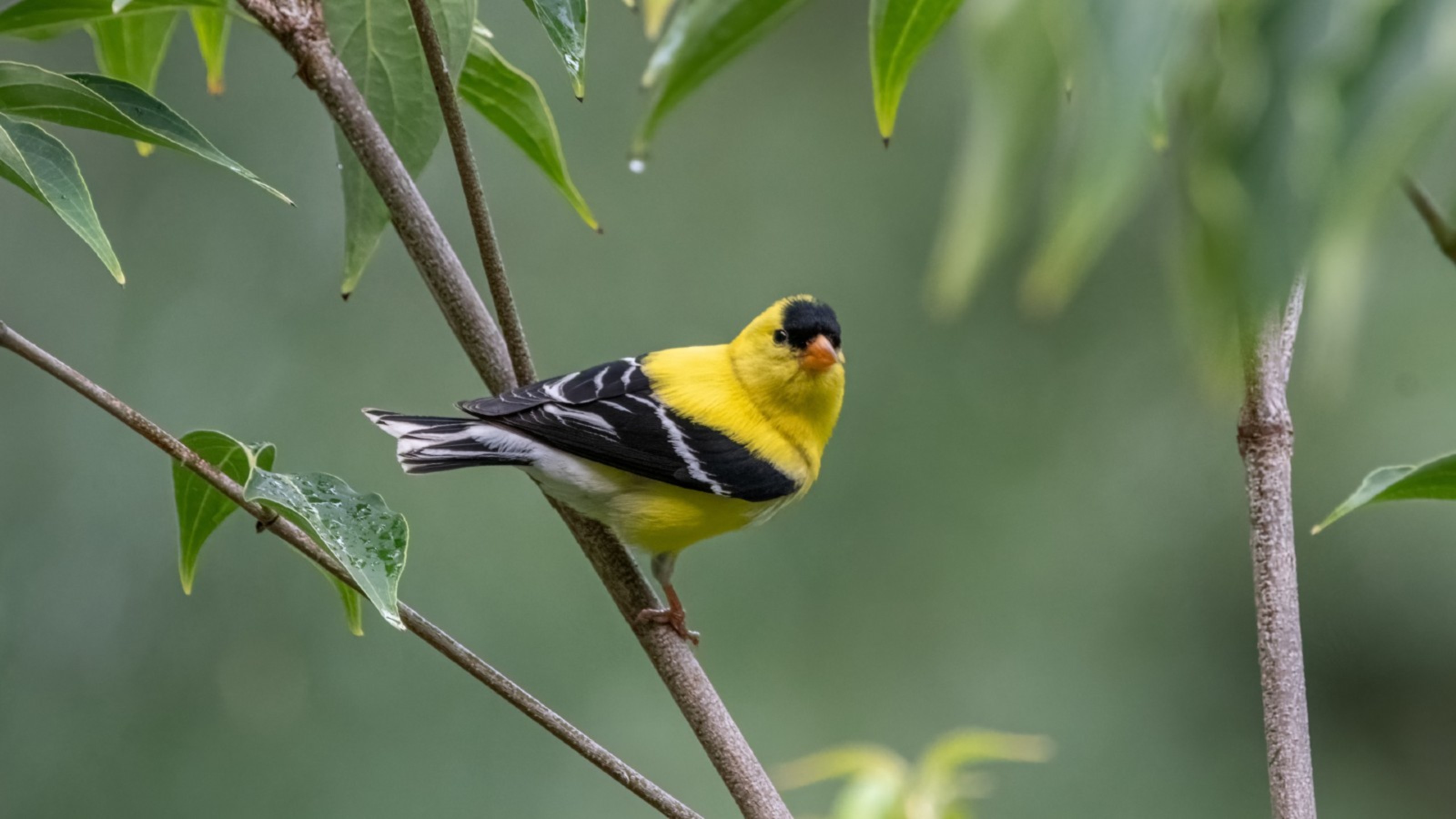Watch: Octopus changes colors while (possibly) dreaming

Image source: PBS
- The clip is from an upcoming PBS TV show called “Octopus: Making Contact.”
- Octopuses have thousands of color-changing cells under their skin called chromatophores that can change colors almost instantly.
- Scientists, however, still aren’t sure exactly how octopuses coordinate all of these color-changing cells to form particular patterns.
Do octopuses dream? That’s the main question raised in a new video showing a sleeping octopus rapidly changing color patterns, as if reacting to scenes in a dream — maybe one about catching a clam, camouflaging itself from a predator or, possibly, taking MDMA, as five octopuses did in one 2018 experiment.
The video is from an upcoming PBS TV show called “Octopus: Making Contact,” in which Alaska Pacific University professor David Scheel raises and studies a “day” octopus in his home with his family. Why “making contact”? A clip from the show says octopuses are the closest thing on Earth to aliens, yet it remains unclear whether humans and octopuses could ever have a meaningful connection.
Scheel seems open to the possibility. “You look at them, and you feel like they’re looking back,” he says in a clip. “That’s not an illusion. They are looking back.”
In the video, Scheel speculates about whether the octopus — named Heidi — might be dreaming:
“She’s asleep; she sees a crab and her color starts to change a little bit. Then she turns all dark. Octopuses will do that when they leave the bottom.
“This is a camouflage, like she’s just subdued a crab and now she’s going to sit there and eat it and she doesn’t want anyone to notice her. It’s a very unusual behavior, to see the color come and go on her mantle like that. I mean, just to be able to see all the different color patterns just flashing one after another — you don’t usually see that when an animal’s sleeping. This really is fascinating.”
How do octopuses change colors?
Just underneath the skin of these cephalopods lie thousands of color-changing cells called chromatophores that can change colors almost instantly, helping octopuses camouflage themselves in different situations.
“The center of each chromatophore contains an elastic sac full of pigment, rather like a tiny balloon, which may be colored black, brown, orange, red or yellow,” writes Smithsonian Ocean. “If you stretched a dye-filled balloon, the color would gather in one spot, stretching out the surface and making the color appear brighter — and this is the same way chromatophores work. A complex array of nerves and muscles controls whether the sac is expanded or contracted and, when the sac expands, the color is more visible.”
Still, it’s unclear how exactly octopuses manage to coordinate color patterns. “The exact processes of how they match colors is still not fully understood, though it’s being very thoroughly studied,” Sara Stevens, an aquarist with Butterfly Pavilion, told Live Science. “But current research suggests that the actual cells themselves can match colors.”
It’s also unclear whether octopuses dream, especially in the same way that humans do.
“It’s been hypothesized that octopus species can exhibit something very similar to REM cycles in humans — but the jury’s still out on whether they’re achieving REM sleep,” Stevens added.
The new PBS video isn’t the first to show what seems to be an octopus dreaming. In 2017, Rebecca Otey, a science and conservation intern for the Butterfly Pavilion, a nonprofit invertebrate zoo in Westminster, Colorado, shot a video of a Caribbean two-spot octopus changing colors as it slept.





